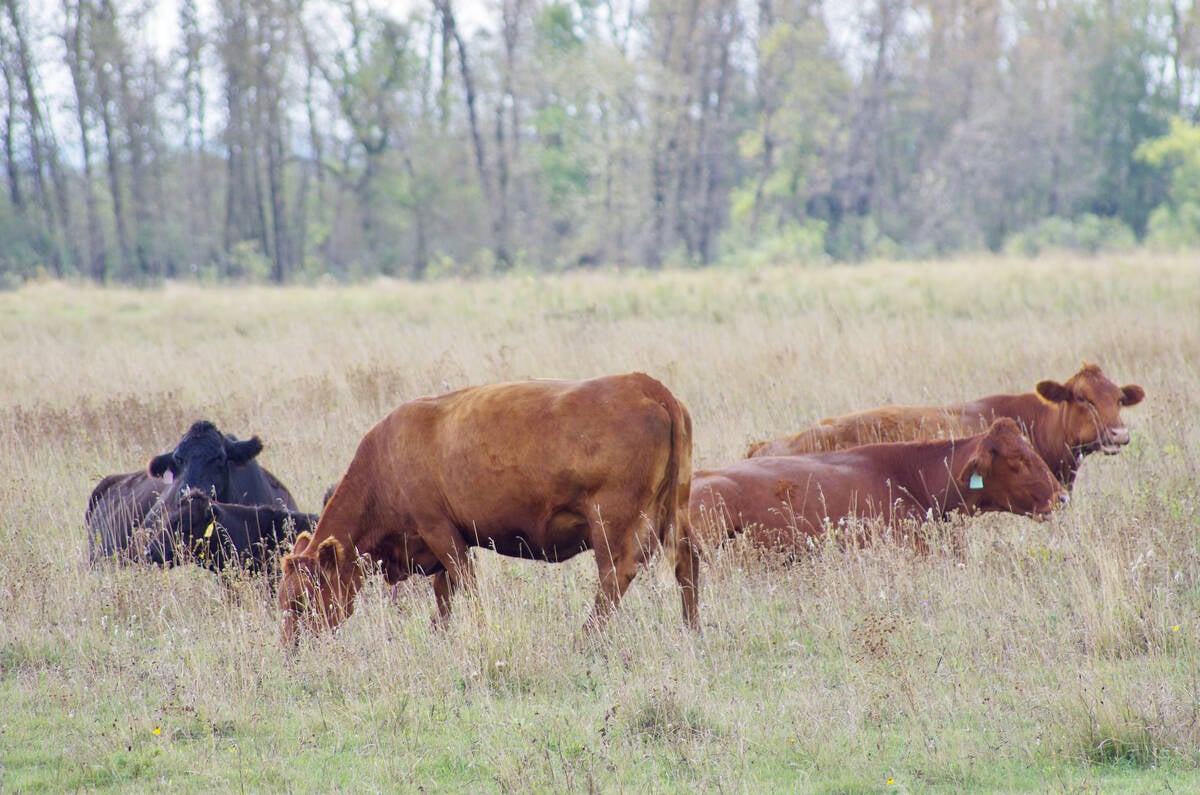MarketsFarm – Prices at the Chicago Board of Trade could increase if there’s heat damage to the United States corn and soybean crops, according to Tom Lilja of Progressive Ag in Fargo, North Dakota.
During the week of Aug. 21 to 25 a heat dome formed over much of the U.S. Midwest with temperatures pushing towards or exceeding 40 degrees Celsius. Added to that was a sharp drop in chances for rainfall to bring much needed moisture to the region’s crops.
Lilja said it’s currently quite difficult to determine the extent of any heat damage to either crop at this time.
Read Also

U.S. livestock: Chicago cattle futures climb on post-Thanksgiving trade
Chicago | Reuters – Chicago Mercantile Exchange’s live and feeder cattle futures ticked up on Friday in a day of…
“Once the combines start going, they will let you know,” he said, referring to the machines as essentially, “lie detectors.”
“If there is some damage, the biggest thing the markets will look for is the next report in September,” Lilja continued, referring to the upcoming supply and demand estimates from the U.S. Department of Agriculture.
He noted soybean acres for 2023/24 were already lower than last year, with the strong likelihood of reduced production and supply. Any damage from the heat dome would intensify the market’s reaction.
Until that comes about or not, Lilja pointed to the Pro Farmer crop tour making it’s way through the Midwest from Aug. 21 to 25. As of Aug. 22, the tour found soybean pod counts and projected corn yields in parts of South Dakota, Ohio, Illinois and Nebraska to be higher than the respective three-year averages.
“The market isn’t getting too excited,” he commented.
One report that could generate movement at CBOT as well as the Intercontinental Exchange will be the model-based production estimates from Statistics Canada on Aug. 29. The report will be StatCan’s first of 2023 and until now the monthly estimates from Agriculture and Agri-Food Canada have provided a ballpark idea of what the various crops might produce. While AAFC projected 18.8 million tonnes of canola for 2023/24 the average trade guess ahead of the StatCan report called for 17.4 million. As for total wheat, the department forecast 33.4 million tonnes and the average guess was 30.4 million.
“If [StatCan does] come in lower that will certainly help the spring wheat market. The winter wheats would come along in tandem,” Lilja said of the upcoming report, noting that ICE canola futures could increase as well.
Although CBOT continued to largely ignore the latest machinations in the Russia-Ukraine war, Lilja stressed that could change very quickly.
“If some grain shipments start getting sunk in the Black Sea, you will see the grain markets react positively,” he said.
Since Russia pulled out of the Black Sea Grain Initiative it has yet to attack any cargo vessels, although it continues to launch missile and drone attacks on Ukrainian port facilities.
— Glen Hallick reports for MarketsFarm from Winnipeg.














